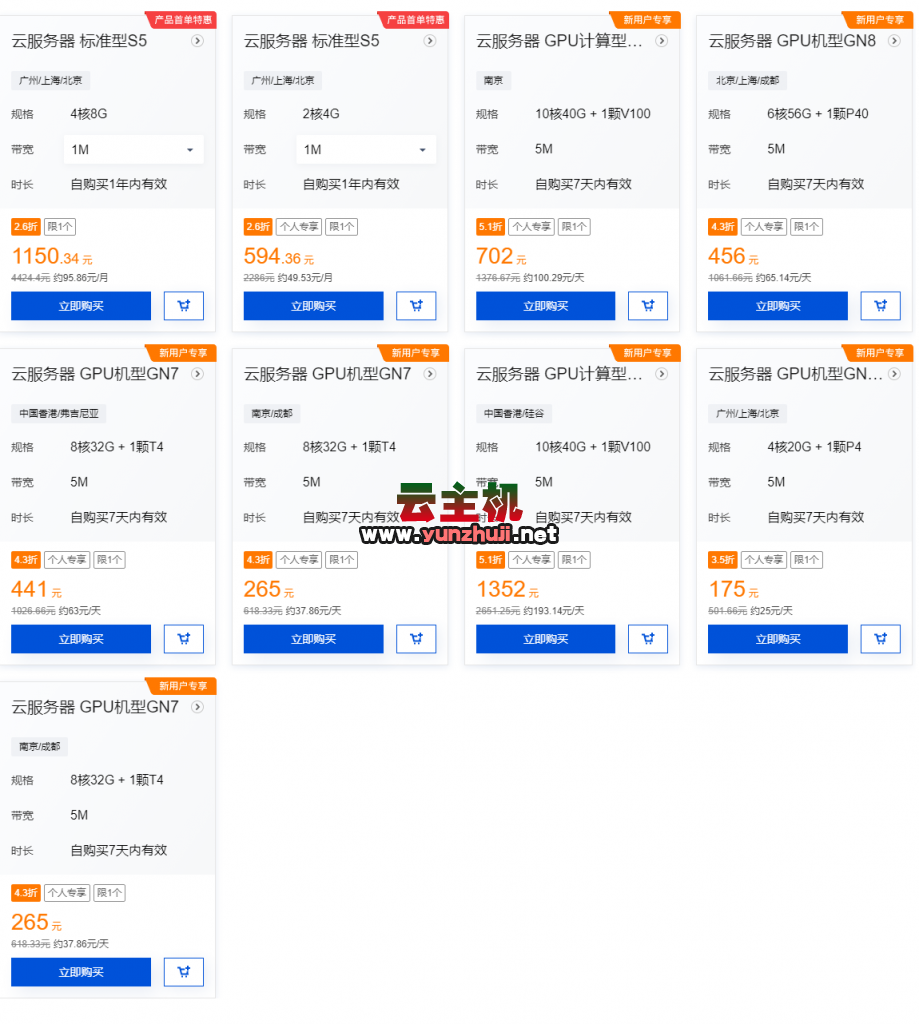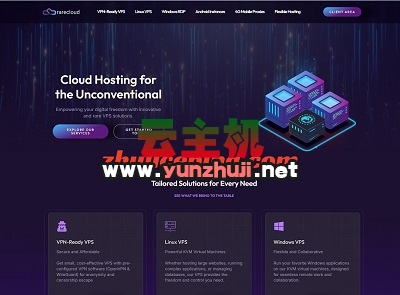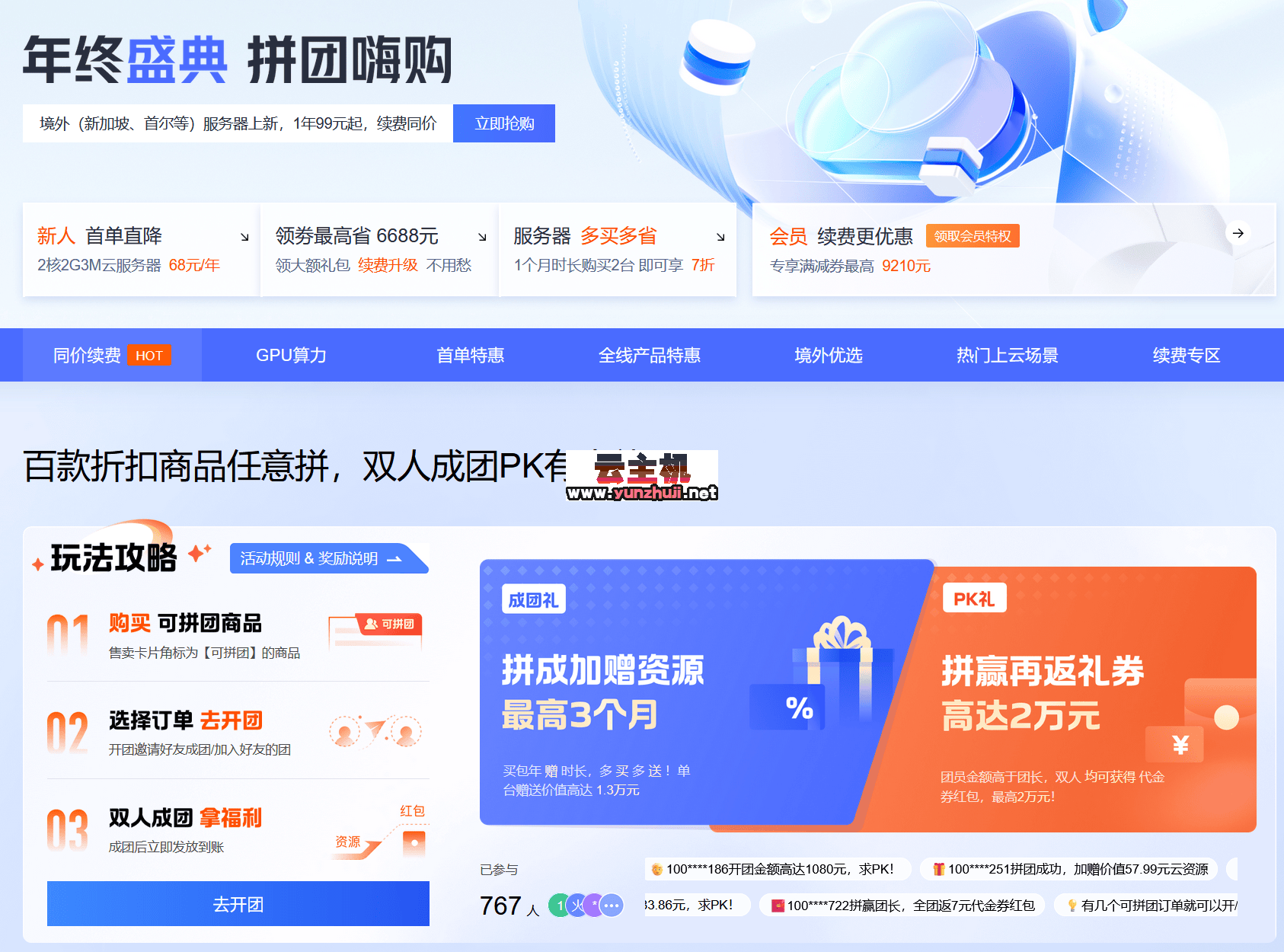Netty服务器搭建
Netty是一个基于Java NIO的异步事件驱动的网络应用框架,旨在快速开发可维护的高性能协议服务器和客户端,本文将详细介绍如何使用Netty搭建一个基本的HTTP服务器,并解释其核心概念与实现步骤。
一、准备工作
在开始之前,需要创建一个Maven项目,并在pom.xml中添加Netty的依赖:
<dependency>
<groupId>io.netty</groupId>
<artifactId>netty-all</artifactId>
<version>4.1.52.Final</version>
</dependency> 二、服务端启动类
1. 创建引导器(Bootstrap)
Netty中的ServerBootstrap类是服务器端的引导程序,用于配置服务器的各项参数并启动服务器。
import io.netty.bootstrap.ServerBootstrap;
import io.netty.channel.ChannelFuture;
import io.netty.channel.ChannelInitializer;
import io.netty.channel.EventLoopGroup;
import io.netty.channel.nio.NioEventLoopGroup;
import io.netty.channel.socket.SocketChannel;
import io.netty.channel.socket.nio.NioServerSocketChannel;
import io.netty.handler.codec.http.HttpObjectAggregator;
import io.netty.handler.codec.http.HttpRequestDecoder;
import io.netty.handler.codec.http.HttpResponseEncoder;
public class HttpServer {
private final int port;
public HttpServer(int port) {
this.port = port;
}
public static void main(String[] args) throws Exception {
int port = 8088; // 默认端口号
if (args.length > 0) {
port = Integer.parseInt(args[0]);
}
new HttpServer(port).start();
}
public void start() throws Exception {
EventLoopGroup bossGroup = new NioEventLoopGroup(); // 处理连接请求的线程组
EventLoopGroup workerGroup = new NioEventLoopGroup(); // 处理业务逻辑的线程组
try {
ServerBootstrap b = new ServerBootstrap(); // 创建引导器
b.group(bossGroup, workerGroup) // 设置线程组
.channel(NioServerSocketChannel.class) // 设置通道类型
.childHandler(new ChannelInitializer<SocketChannel>() { // 绑定业务逻辑处理器
@Override
public void initChannel(SocketChannel ch) throws Exception {
ch.pipeline().addLast("decoder", new HttpRequestDecoder()) // 添加HTTP解码处理器
.addLast("encoder", new HttpResponseEncoder()) // 添加HTTP编码处理器
.addLast("aggregator", new HttpObjectAggregator(512 * 1024)) // 添加HTTP消息聚合处理器
.addLast("handler", new HttpHandler()); // 添加自定义业务逻辑处理器
}
})
.option(ChannelOption.SO_BACKLOG, 128) // 设置TCP参数
.childOption(ChannelOption.SO_KEEPALIVE, true); // 保持连接活跃
// 绑定端口并启动服务器
ChannelFuture f = b.bind(port).sync();
System.out.println("HTTP服务器启动成功,监听端口:" + port);
f.channel().closeFuture().sync(); // 等待服务器关闭
} finally {
workerGroup.shutdownGracefully(); // 优雅关闭工作线程组
bossGroup.shutdownGracefully(); // 优雅关闭主线程组
}
}
} 上述代码中,我们首先创建了两个EventLoopGroup,分别用于处理连接请求和业务逻辑,然后通过ServerBootstrap配置服务器的通道类型、业务逻辑处理器以及TCP参数,绑定端口并启动服务器。
2. 配置线程模型
Netty支持三种Reactor线程模型:单线程模型、多线程模型和主从多线程模型,这里我们使用的是主从多线程模型,其中Boss线程组负责接受连接,Worker线程组负责处理业务逻辑。
EventLoopGroup bossGroup = new NioEventLoopGroup(); // 主线程组 EventLoopGroup workerGroup = new NioEventLoopGroup(); // 从线程组
3. 设置通道类型
Netty提供了多种类型的通道实现类,如NioServerSocketChannel、EpollServerSocketChannel等,这里我们使用NioServerSocketChannel作为服务器端的通道类型。
b.group(bossGroup, workerGroup) // 设置线程组
.channel(NioServerSocketChannel.class); // 设置通道类型 4. 注册业务逻辑处理器
通过ChannelPipeline注册多个ChannelHandler,每个ChannelHandler各司其职,实现最大化的代码复用,这里我们使用了HttpRequestDecoder、HttpResponseEncoder、HttpObjectAggregator和自定义的HttpHandler。
ch.pipeline().addLast("decoder", new HttpRequestDecoder()) // HTTP请求解码器
.addLast("encoder", new HttpResponseEncoder()) // HTTP响应编码器
.addLast("aggregator", new HttpObjectAggregator(512 * 1024)) // HTTP消息聚合器
.addLast("handler", new HttpHandler()); // 自定义业务逻辑处理器 5. 设置TCP参数并绑定端口
b.option(ChannelOption.SO_BACKLOG, 128) // 设置TCP参数
.childOption(ChannelOption.SO_KEEPALIVE, true); // 保持连接活跃
// 绑定端口并启动服务器
ChannelFuture f = b.bind(port).sync();
System.out.println("HTTP服务器启动成功,监听端口:" + port); 三、自定义业务逻辑处理器
自定义的业务逻辑处理器需要继承SimpleChannelInboundHandler或实现ChannelInboundHandler接口,并重写相应的方法来处理HTTP请求和响应。
import io.netty.channel.ChannelFutureListener;
import io.netty.channel.ChannelHandlerContext;
import io.netty.channel.SimpleChannelInboundHandler;
import io.netty.handler.codec.http.*;
import io.netty.util.CharsetUtil;
public class HttpHandler extends SimpleChannelInboundHandler<FullHttpRequest> {
@Override
protected void channelRead0(ChannelHandlerContext ctx, FullHttpRequest msg) throws Exception {
// 生成响应内容
String responseContent = "Hello, Netty!";
byte[] bytes = responseContent.getBytes(CharsetUtil.UTF_8);
DefaultFullHttpResponse response = new DefaultFullHttpResponse(msg.protocolVersion(), HttpResponseStatus.OK);
response.content().writeBytes(bytes);
response.headers().set(HttpHeaderNames.CONTENT_TYPE, "text/plain; charset=UTF-8");
response.headers().set(HttpHeaderNames.CONTENT_LENGTH, response.content().readableBytes());
// 将响应写入到ChannelPipeline中
ctx.writeAndFlush(response).addListener(ChannelFutureListener.CLOSE);
}
@Override
public void exceptionCaught(ChannelHandlerContext ctx, Throwable cause) throws Exception {
cause.printStackTrace();
ctx.close();
}
} 上述代码中,我们创建了一个自定义的HttpHandler类,继承自SimpleChannelInboundHandler,在channelRead0方法中,我们生成一个简单的HTTP响应,并通过ctx.writeAndFlush(response)将其发送给客户端,我们在exceptionCaught方法中处理异常情况,确保在发生错误时关闭连接。
四、测试HTTP服务器
完成上述步骤后,可以通过浏览器或终端向服务器发起HTTP请求进行测试,在浏览器中访问http://localhost:8088/test,如果一切正常,应该能看到返回的“Hello, Netty!”消息。
五、常见问题解答(FAQs)
问:为什么Netty要使用引导器模式?
答:Netty使用引导器模式主要是为了简化服务器和客户端的开发过程,引导器模式通过提供一个统一的配置入口点,使得开发者能够方便地设置各种参数、绑定业务逻辑处理器以及控制服务器的行为,这种设计不仅提高了代码的可读性和可维护性,还减少了重复代码的出现,提升了开发效率,引导器模式还允许开发者根据不同的需求灵活地调整服务器的配置,从而满足各种不同的应用场景,引导器模式在Netty中得到了广泛的应用和推崇。

 云主机测评网
云主机测评网


















最新评论
本站CDN与莫名CDN同款、亚太CDN、速度还不错,值得推荐。
感谢推荐我们公司产品、有什么活动会第一时间公布!
我在用这类站群服务器、还可以. 用很多年了。